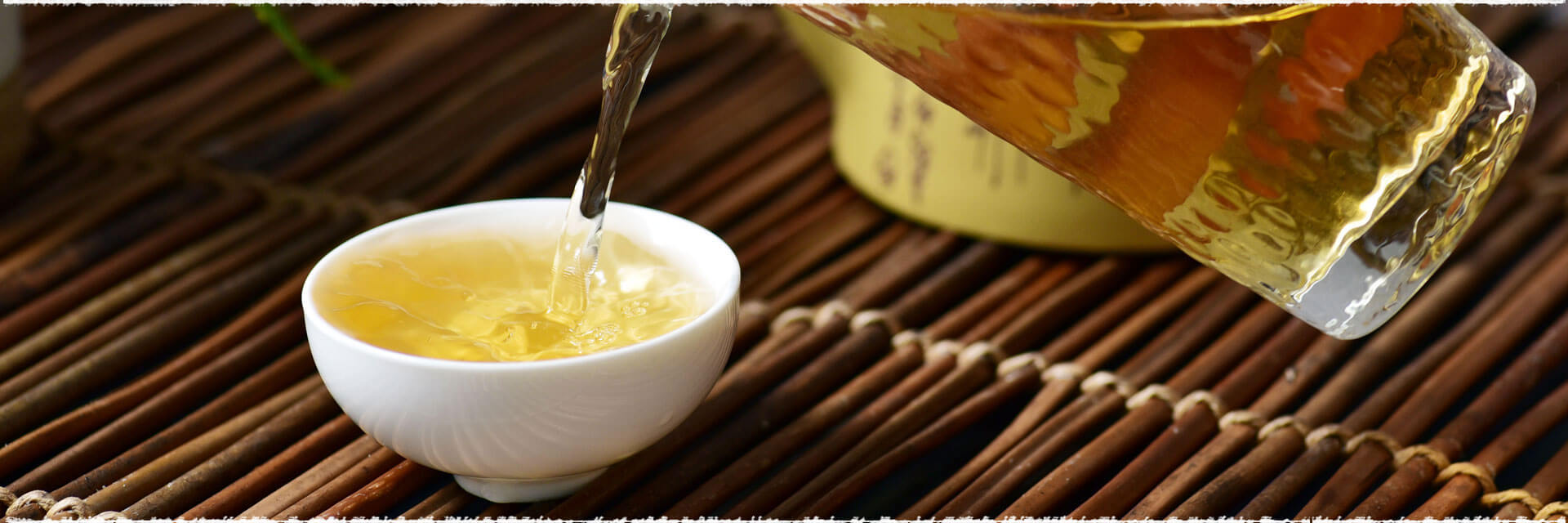1. Fermentation of Tea
The fermentation of tea refers to the enzymatic oxidation of tea leaves (ie, the oxidases present in the cell walls promote a series of oxidation of catechins after the cell wall breakdown), and form dark pigments such as theaflavins and thearubigins. This process is mostly performed in an environment where temperature and humidity can be controlled. Fermented tea can be classified into light-fermented tea, semi-fermented tea, fully-fermented tea and post-fermented tea. White tea and yellow tea belong to the light-fermented tea; oolong tea is semi-fermented tea; black tea is representative of the fully-fermented; pu-erh tea and dark tea belong to the post-fermented tea; while green tea, herbal and fruit tea are unfermented. The appearance, aroma and taste of tea will all be influenced by fermentation. Generally speaking, tea without fermentation present the green leaves, and will gradually turn to red as the fermentation process going, the longer it been fermented, deeper the color will be, so does the tea liquid. Thus, we can judge the degree of tea fermentation from color of tea liquid. On the other side, in terms of the aroma, unfermented tea usually has a vegetal fragrance; light-fermented tea will turn to a floral fragrance; and the deeper or fully fermented tea will turn to ripe fruit fragrance or sugar fragrance.
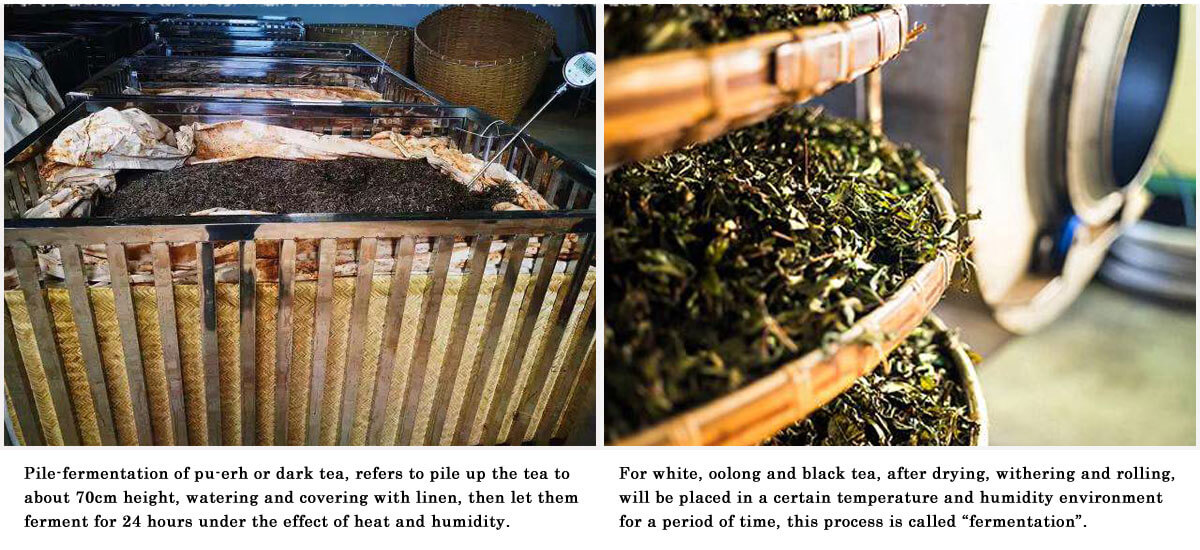

However, the effects of fermentation on tea not only show in its appearance and taste. It also has different degrees of influence on the content of internal substances in tea, such as caffeine.
2. Caffeine Content in Different Tea
Caffeine is a natural alkaloid found in everyday foods and beverages such as tea, coffee, cocoa, and chocolate. About 87% of the world’s people are consuming caffeinated products.[1] Caffeine content accounts for 2% – 5% of dry substance in tea leaves [2], which is an important functional ingredient of tea.
Here are some data of caffeine content in different teas which are measured by experiment:
PS: The experiments applied HPLC (High Performance Liquid Chromatography) method. The test target is a dry powder made of 20g tea in a ratio of 1:10 of liquid to material, then use 20mg/ml tea powder to make up 15ml of solution.
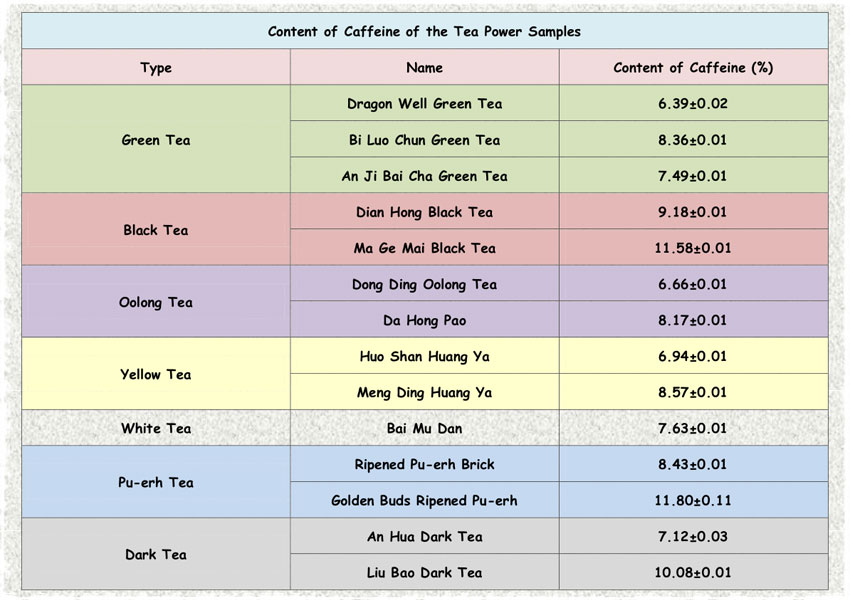
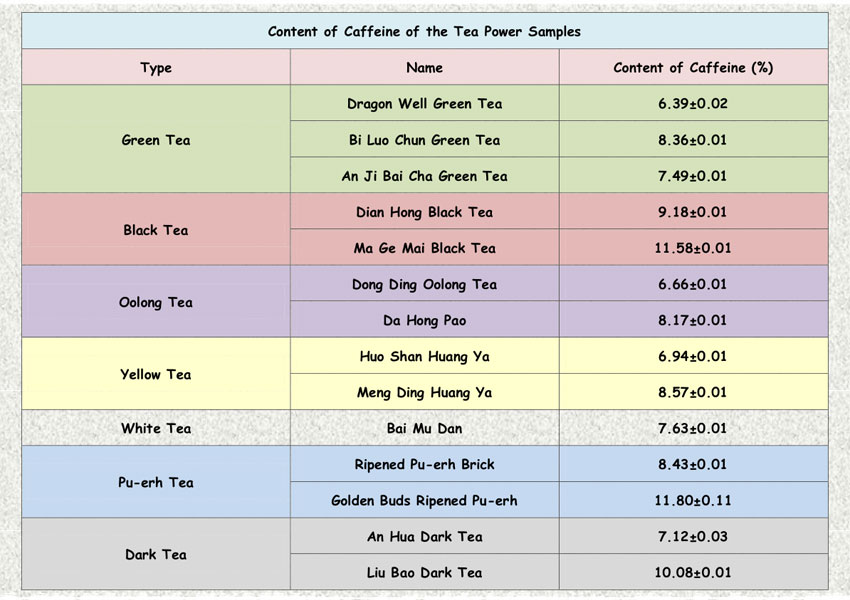
Data Sources:Journal of Yunnan Agriculture University, 2015, 30 (2):288 – 233.
According to these data, it’s not hard to find out that the unfermented green tea, light-fermented yellow and white tea contain less caffeine, while the black tea and pu’erh tea, which were fully-fermented or experience a longer fermentation period contains higher caffeine. That is to say, the fermentation process does have effects on the caffeine content in tea to some extent.
Of course, the amount of caffeine in tea does not depend entirely on the degree of fermentation. Different origins, species, even different part of a tea leaf all have little differences. For example, tea buds have more caffeine than leaves. Of course, our brewing way will also affect the intake of caffeine — the longer we brew a tea the more caffeine it will contain. To learn more about caffeine tea, you can also refer Tea and Caffeine Content

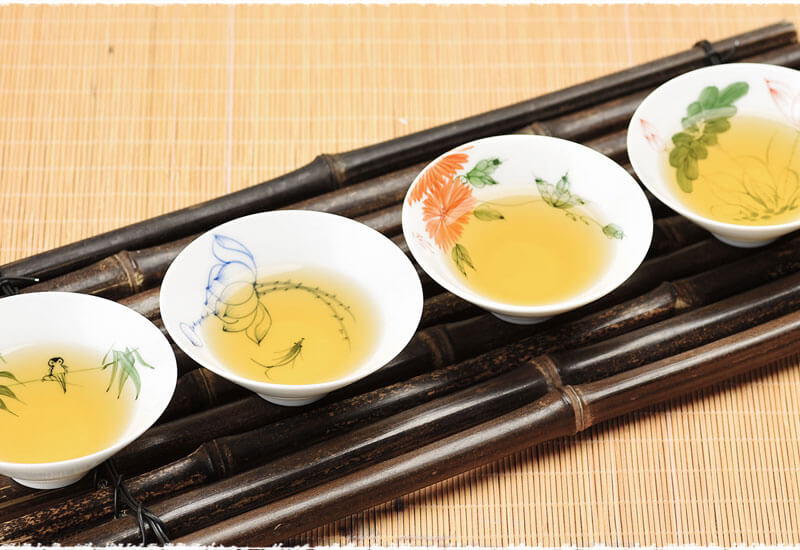
Although fermented tea contains more caffeine, but it has benefit to our stomach, and also a positive effect on lowering lipid, blood pressure, blood sugar and so on. The main reason is that during the fermentation process, a lot of transformations of chemical substances have taken place in tea, so that tea properties have gradually became milder and have less irritation to the stomach. Unfermented tea, on the other hand, preserve more natural substances of tea, such as green tea, that have anti-inflammatory, antiseptic, anti-aging and other effects. However, without fermentation process, the content of tea polyphenols in unfermented tea is much higher than that of fermented teas, so they will have more irritating properties and may stimulate our intestines and stomach.
In a word, although tea contains caffeine, the amount is far less than that of coffee. So no matter fermented tea or unfermented tea, they all have good efficiency to our body. We need to choose drink our tea according to our own needs and physical condition. Some caffeine-free herbal and fruits tea is also a good choice if our body cannot accept caffeine.
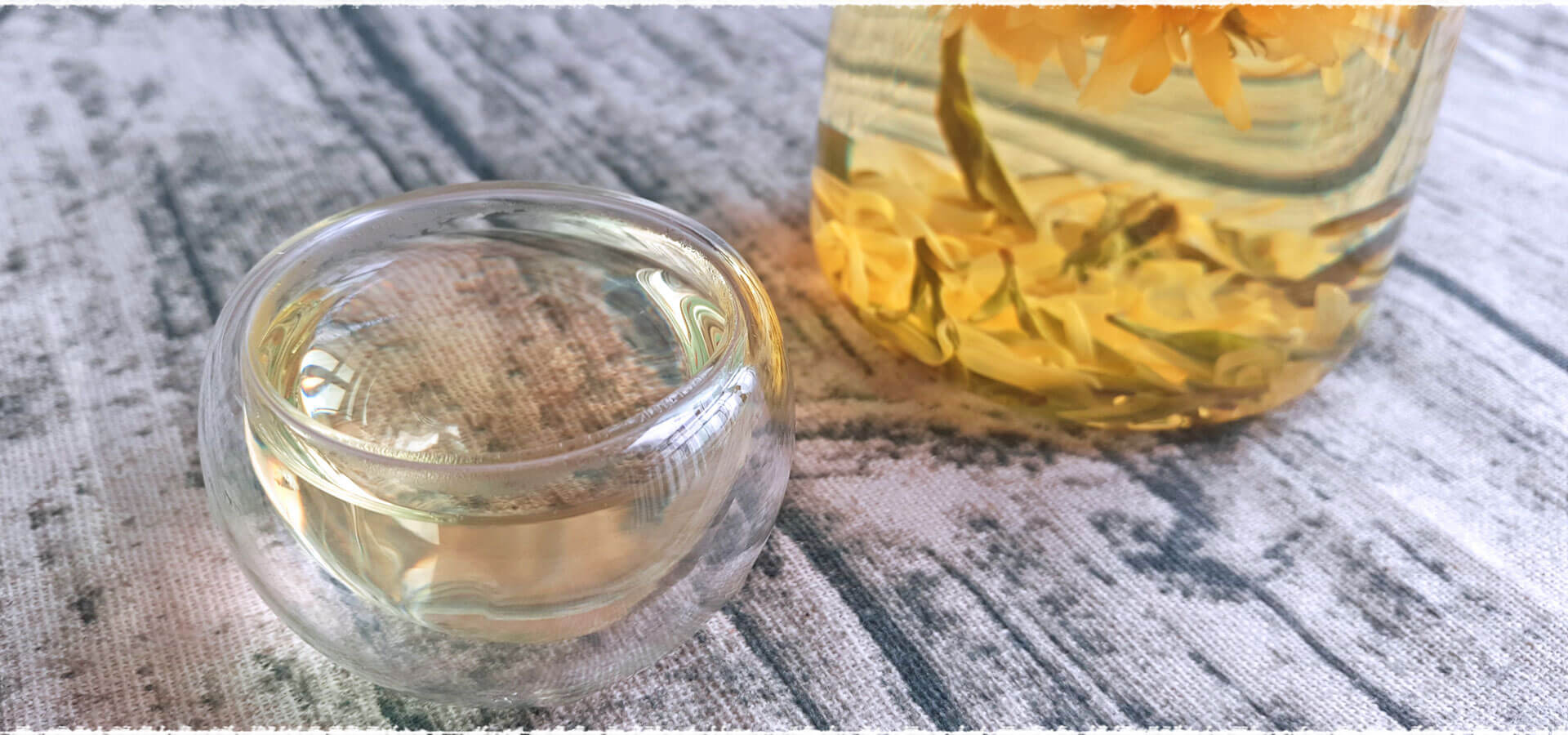

References:
[1] JURA Y H, TOWNSEND M K, CURHAN G C, et al. Caffeine intake, and the risk of stress, urgency and mixed urinary incontinence [J]. Journal of Urology, 2011, 185 (5):1775-1778.
[2] Zhao Hui, Du Xiao. Research Progress of Low Caffeine Tea [J]. Journal of China Agricultural University, 2008, 27 (4): 564-568
If you enjoyed this article on tea and caffeine, you might also like to read the following articles:
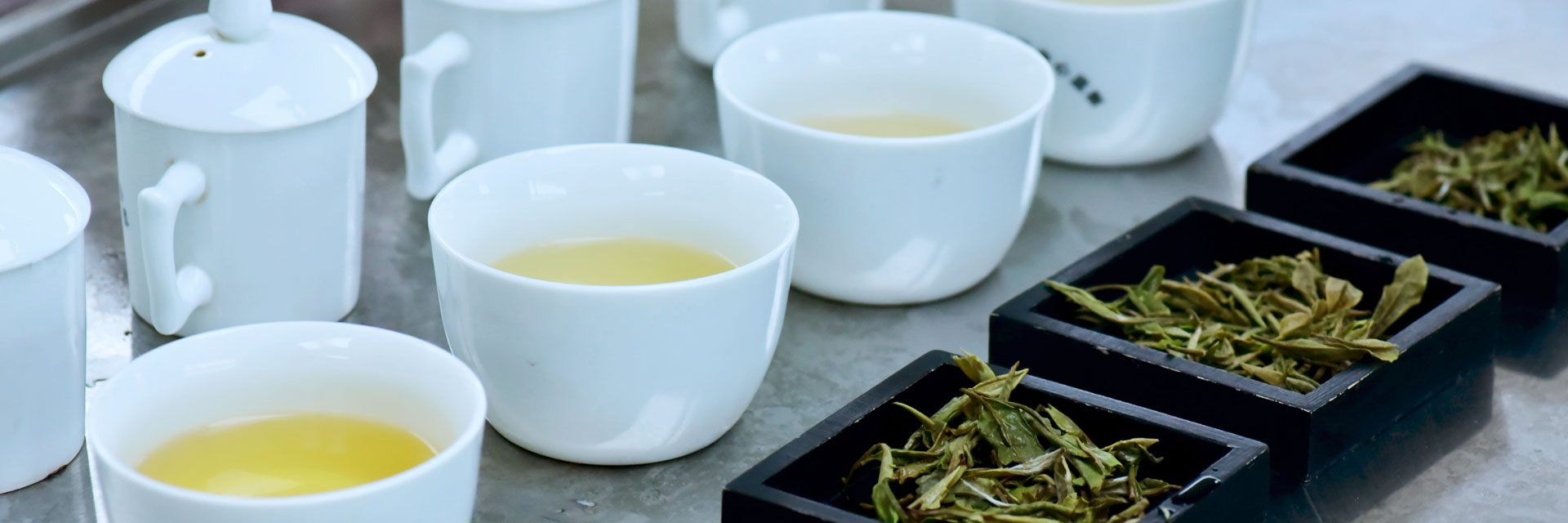 Learn Professional Tea Tasting and Inspection with Tea Master Chen
Learn Professional Tea Tasting and Inspection with Tea Master Chen Yingde Black Tea
Yingde Black Tea Matcha vs. Green Tea Powder
Matcha vs. Green Tea Powder
